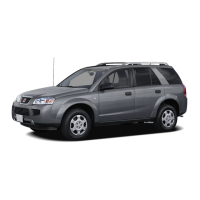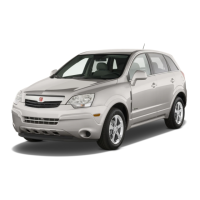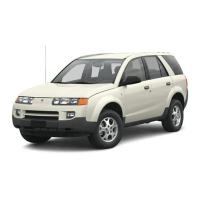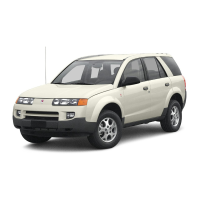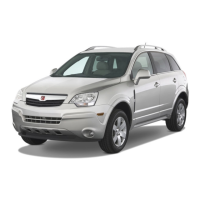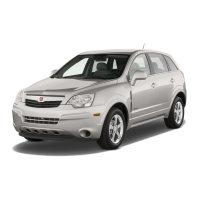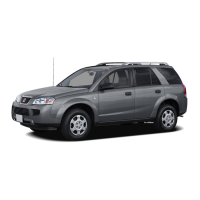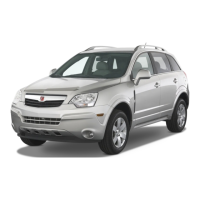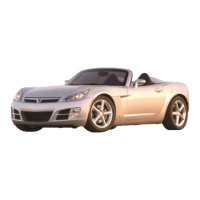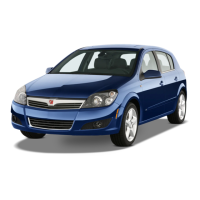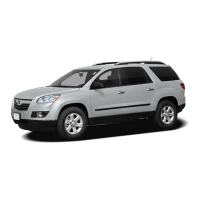JOBNAME: 1st Edition PAGE: 72 SESS: 1 OUTPUT: Tue Jul 24 09:46:13 2007
graded 100. The relative performance of tires
depends upon the actual conditions of their use,
however, and may depart significantly from
the norm due to variations in driving habits, service
practices, and differences in road characteristics
and climate.
Traction – AA, A, B, C
The traction grades, from highest to lowest, are
AA, A, B, and C. Those grades represent the tire’s
ability to stop on wet pavement as measured
under controlled conditions on specified
government test surfaces of asphalt and concrete.
A tire marked C may have poor traction
performance.
Warning
: SIO-ID=1931508 LMD=22-mar-2007 The
traction grade assigned to this tire is based on
straight-ahead braking traction tests, and
does not include acceleration, cornering,
hydroplaning, or peak traction characteristics.
Temperature – A, B, C
The temperature grades are A (the highest), B,
and C, representing the tire’s resistance to
the generation of heat and its ability to dissipate
heat when tested under controlled conditions on a
specified indoor laboratory test wheel. Sustained
high temperature can cause the material of the tire
to degenerate and reduce tire life, and excessive
temperature can lead to sudden tire failure. The
grade C corresponds to a level of performance
which all passenger car tires must meet under the
Federal Motor Vehicle Safety Standard No. 109.
Grades B and A represent higher levels of
performance on the laboratory test wheel than the
minimum required by law.
Warning
: SIO-ID=1931525 LMD=22-mar-2007 The
temperature grade for this tire is established
for a tire that is properly inflated and not
overloaded. Excessive speed, underinflation,
or excessive loading, either separately or
in combination, can cause heat buildup and
possible tire failure.
Wheel Alignment and Tire Balance
OIE-ID = 1501126 Owner = tlerma01 LMD = 21-sep-2006 LMB = tlerma01
The tires and wheels on your vehicle were aligned and
balanced carefully at the factory to give you the
longest tire life and best overall performance.
Adjustments to wheel alignment and tire balancing will
not be necessary on a regular basis. However, if
you notice unusual tire wear or your vehicle pulling to
one side or the other, the alignment might need to
be checked. If you notice your vehicle vibrating when
driving on a smooth road, the tires and wheels
might need to be rebalanced. See your dealer/retailer
for proper diagnosis.
316
2008 - Saturn VUE Owner Manual (July 23, 2007)
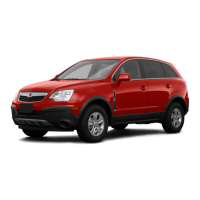
